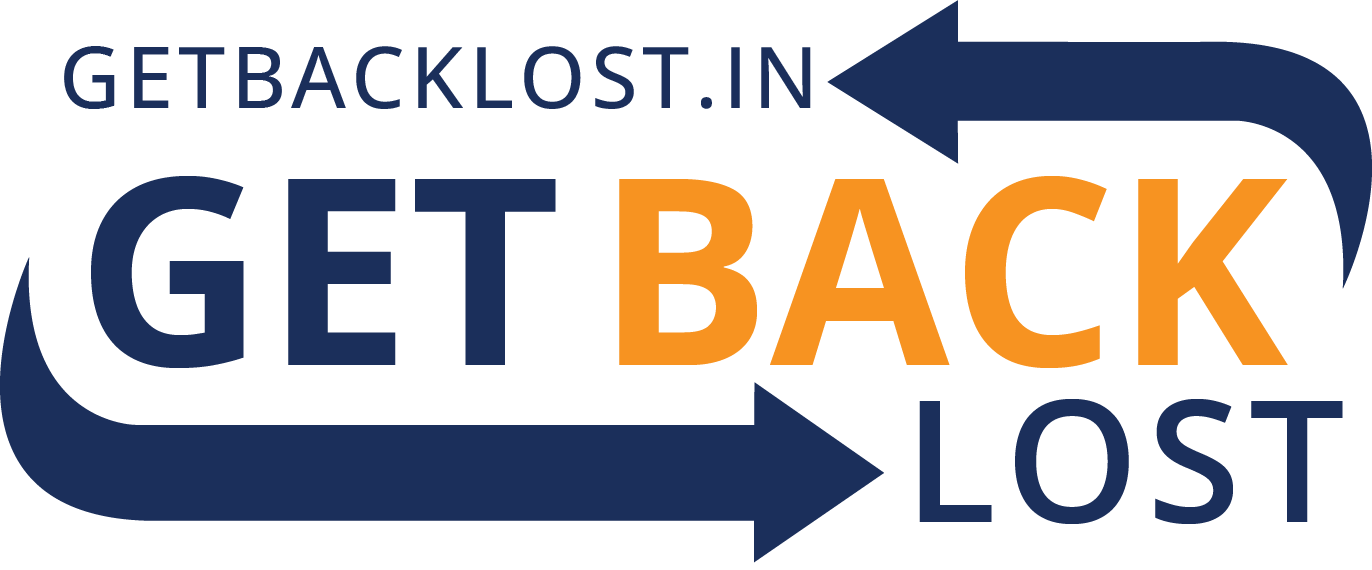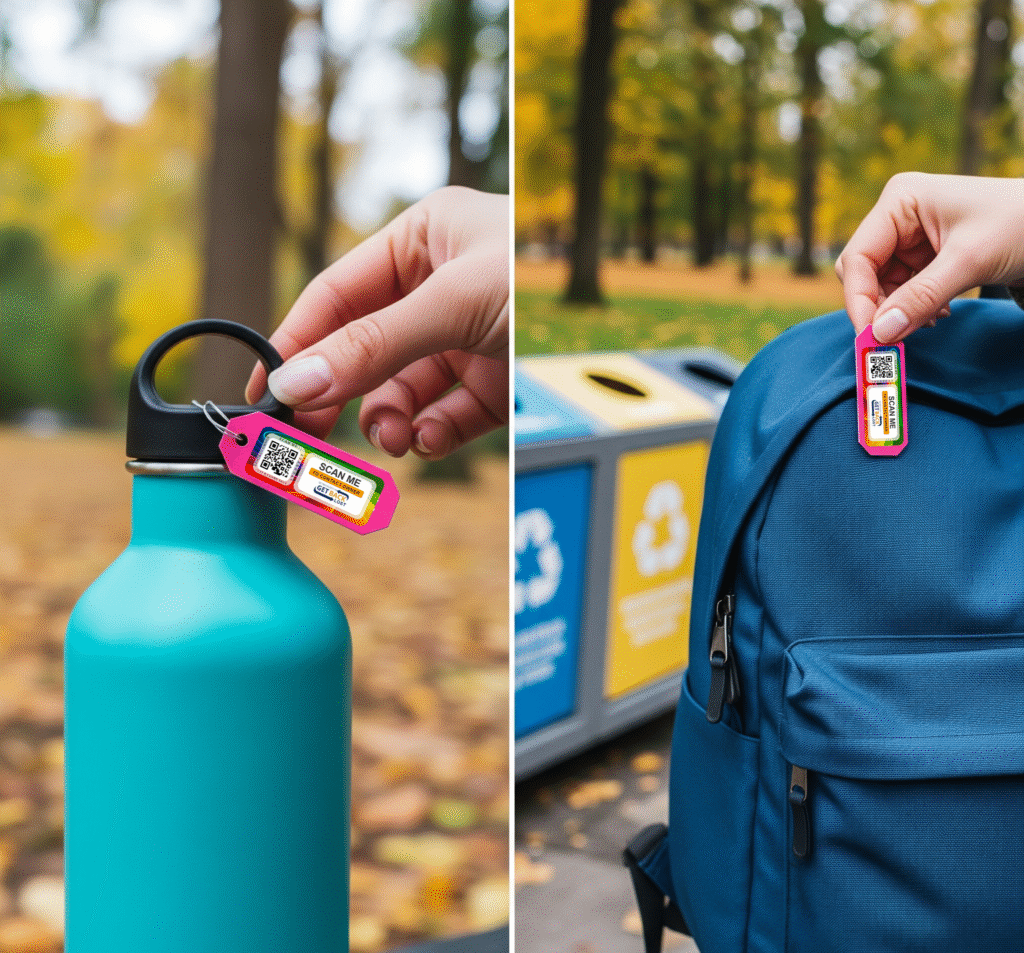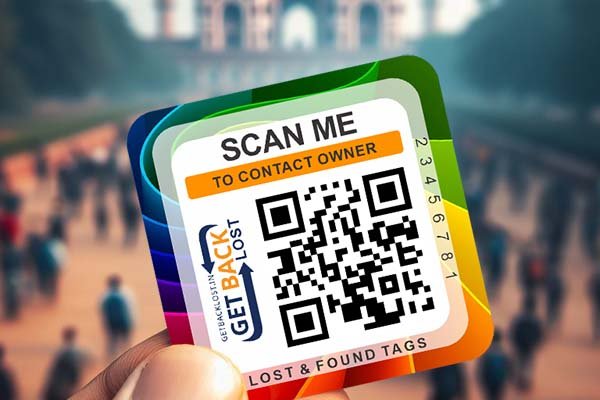In a world where environmental awareness is no longer a choice but a requirement, we tend to search for sweeping actions to make an impact: carbon footprint reduction, religious recycling, or the funding of green projects. Yet, beneficial environmental change can also result from incredibly simple, mundane decisions. Such a decision exists in managing our own items, particularly when they are lost. The frequently overlooked reality is that each missing object that cannot be retrieved ultimately ends up in waste, requiring new materials for its replacement. That is where GetBackLost Sustainability comes into its own.
GetBackLost is not just a source of peace of mind; it’s a real means of contributing to a cleaner world by bringing back lost things, and thus stopping them from going to waste and contributing to excess consumption. It is a demonstration of the potential for intelligent technology to create positive environmental change.
The Lifecycle of a Lost Item: An Environmental Impact
Think about what usually happens to things that are lost forever:
- Landfill Donation: Numerous lost articles, ranging from water bottles to bags and even small electronics, will end up in landfills if they are not retrieved.
- Resource Use: Replacing a lost product entails new raw materials being mined (metals, plastics, cloth), processed, and fabricated. This requires enormous amounts of energy, water, and frequently contributes to pollution.
- Carbon Production Footprint: Each new item produced has a carbon footprint from production, shipping, and ultimate disposal.
This repetitive loop of loss, replacement, and disposal places enormous strain on the limited resources of our planet. The GetBackLost Sustainability program intends to break that cycle.
GetBackLost's Function in Waste Avoidance and Resource Conservation
Consider what typically happens to items that are permanently lost:
- Landfill Contribution: Many lost items, from water bottles to backpacks and even small electronics, ultimately end up in landfills if not claimed.
- Resource Depletion: Replacing a lost item means new raw materials must be extracted (metals, plastics, fabrics), processed, and manufactured. This consumes significant energy, water, and often leads to pollution.
- Carbon Footprint of Production: Every new product manufactured carries a carbon footprint from its creation, transportation, and eventual disposal.
This continuous cycle of loss, replacement, and disposal puts immense pressure on our planet’s finite resources. The GetBackLost Sustainability initiative aims to interrupt this cycle.
GetBackLost's Role in Waste Reduction and Resource Conservation
The very primary purpose of GetBackLost is to reunite lost items with their owners. In that process, it plays a direct role in contributing to sustainability in the following ways:
- Reducing Waste: Each returned item is an item that will not end up as garbage. This immediately lowers the amount of solid waste sent to landfills.
- Saving Resources: When a misplaced item is found, no new one has to be purchased. This prevents the valuable raw materials (minerals, oil, water) and energy that would have been consumed in making a new one.
- Curbing Emissions: The GetBackLost whole supply chain of producing new products, from production through extraction to shipping, produces greenhouse gas emissions. By providing returns, GetBackLost inhibits such emissions.
- Encouraging Reuse: At its core, GetBackLost supports reuse by giving things a second life in the hands of the original owner instead of throwing them away or needing to make a new purchase. This is an inherent part of GetBackLost Sustainability.
A Simple Choice for a Greener Planet
Utilizing GetBackLost tags isn’t simply about safeguarding your own property; it’s about making an active decision to be part of a greener future. It’s a simple, but significant, means for individuals and companies to be involved in environmental objectives without the need for drastic lifestyle adjustments.
For Others: Place GetBackLost stickers on your reusable water bottles, coffee cups, backpacks, and personal devices. When they get lost, their recovery eliminates you from being a part of the demand for new plastic or metal products.
For Companies: Tagging corporate assets allows businesses not only to save funds but also minimize their carbon footprints by maximizing the life cycle of equipment, which aligns with their company social responsibility program. This drives further GetBackLost Sustainability efforts overall.



